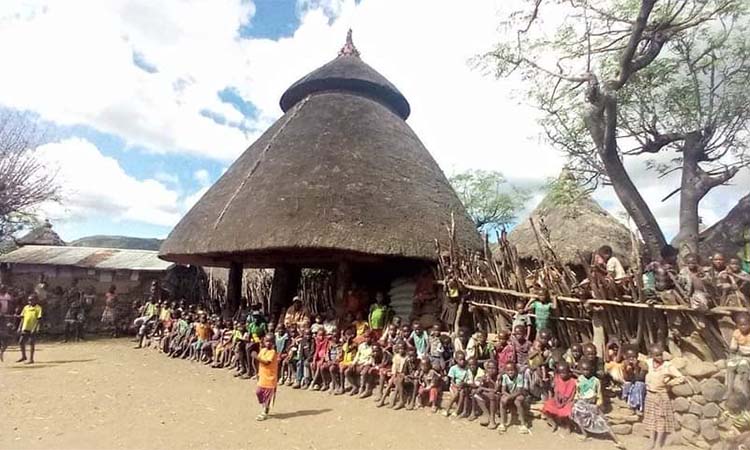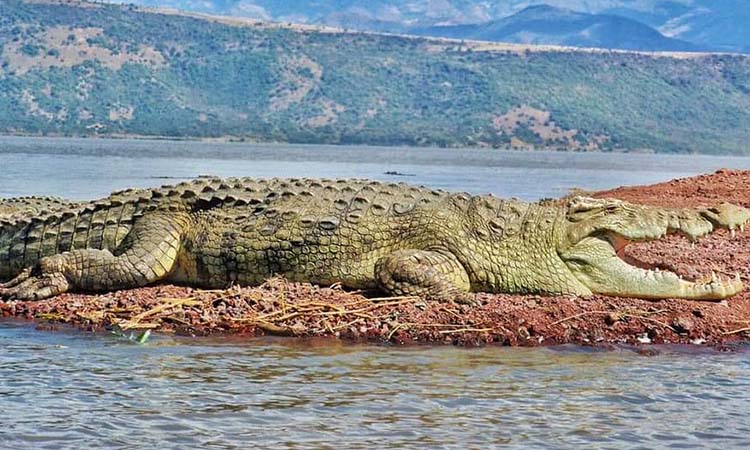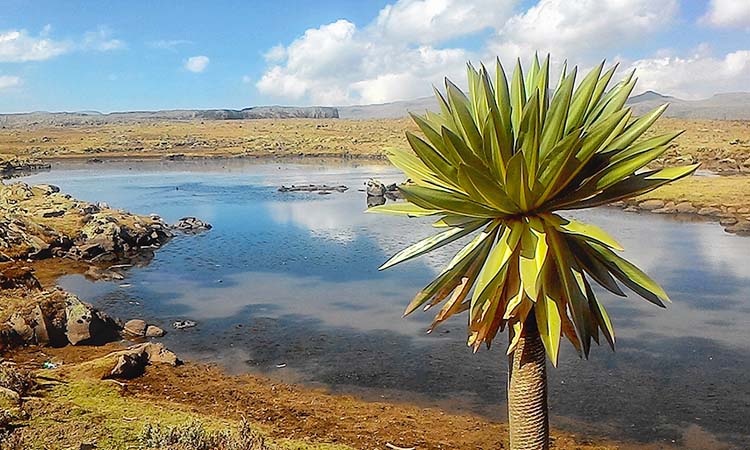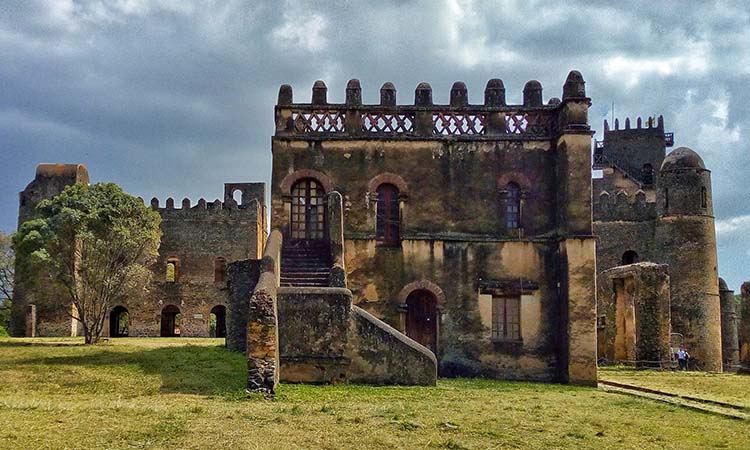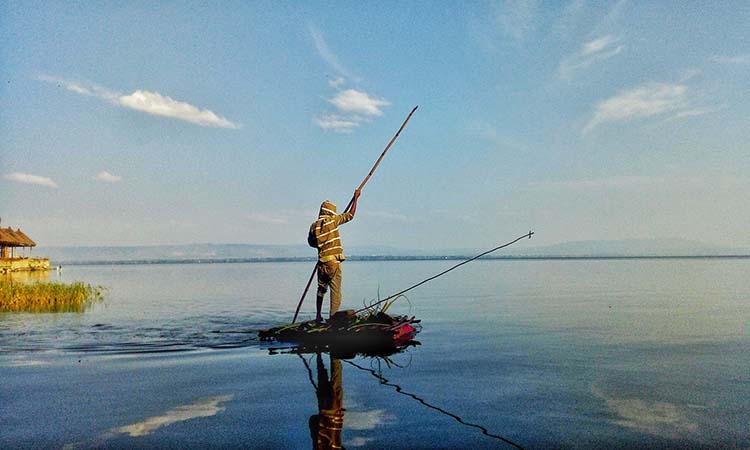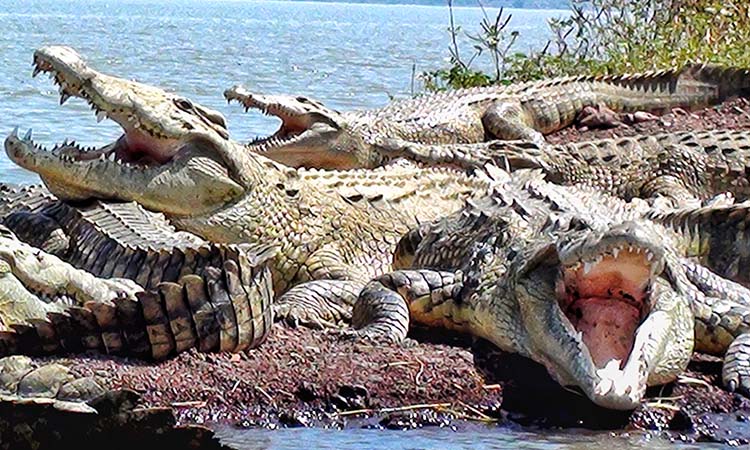Arbaminch & Konso
Highlight
Duration: 3 days / 2 nights
Transport: Air and Surface
Itinerary
Day 1: Fly to Arbaminch- meaning ‘Forty Springs’ in Amharic-the official language. Arbaminch takes its name from the bubbling streams that cover the groundwater forest occupying the flats of the town.
Afternoon: an hour drive uphill to Chencha to visit the Dorze, one of the many small segments of the great Omotic language group of southern Ethiopia. Once warriors, they have now turned to farming and weaving to earn a living. Their success in the field of weaving has been phenomenal and the Dorze name is synonymous with the best in woven cotton cloth. Each amazing Dorze bamboo house has its own small garden surrounded by enset (false banana plantation), beds of spices and cabbage, and tobacco (the Dorze are passionate smokers). The main house is a tall up to twelve meters bee-hived shaped building with an aristocratic ‘nose’, which forms a reception room for guests and is usually furnished with two benches. The vaulted ceiling and walls of the spacious and airy houses are covered with an elegant thatch of enset to form a smooth and steep unbroken dome.
Overnight: Paradise Lodge that is situated on the hilltop having panoramic view over Lake Chamo and Abaya – the biggest Lakes in the Ethiopian Rift Valley.
Day 2: Morning: Boat ride over Lake Chamo (551sq. and 10m deep- 3rd biggest Lake in Ethiopia, Located at 1,225 meters above sea level) to see Africa’s gigantic Nile Crocodile, Hippos and Aquatic birds.
Afternoon drive to Konso-Karat and visit Konso tribal village, remarkable stone terraced field, Museum of Wooden Statue.
The Konso villages are a flowing composition of rock walls and wood. In contrast, the fields are stepping stones of rock walls and red soil climbing the steep hillsides. The terraces, with walls up to five feet high and twice as thick at the base, serve two purposes. They catch the rain that comes only twice a year, during the big rains around February and the small rains in the beginning of October. The rain can, however, be delivered in torrential downpours, so the terracing also keeps the soil and the crops from washing away. The rain is so critical to their very existence that when it rains they solemnly announce, “God is raining.”
They are famous for their wooden anthropomorph statuettes, erected in honor of important – deceased – people. In the Konso language these statuettes are called Waga. The Wagas are always placed in groups, with the main figure in the center, surrounded by people and animals that were important to him during his lifetime. Another exclusive art form is the use of the kalasha: large fallus symbols in wood (or nowadays aluminium), which are worn on the forehead during special events. It is only logical that one also finds wagas with kalasha. Most common sculpting material is gayo wood.
Overnight: Kanta Lodge
Day 3: Drive back to Arbaminch and transfer to the airport and fly back to Addis, Evening farewell dinner and departure.

